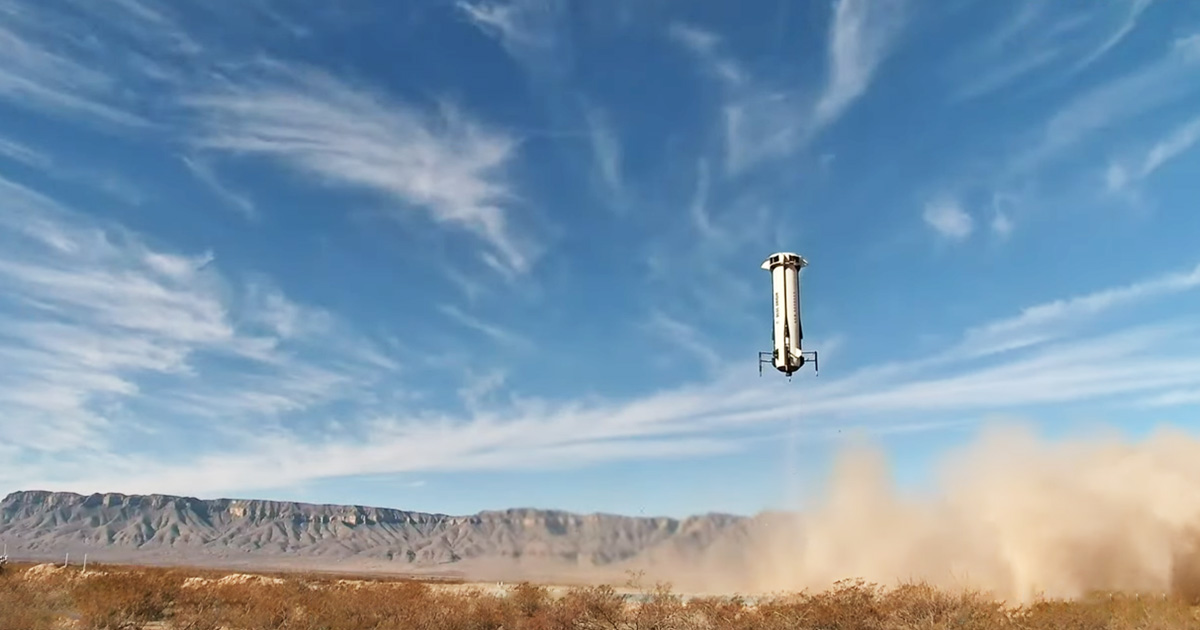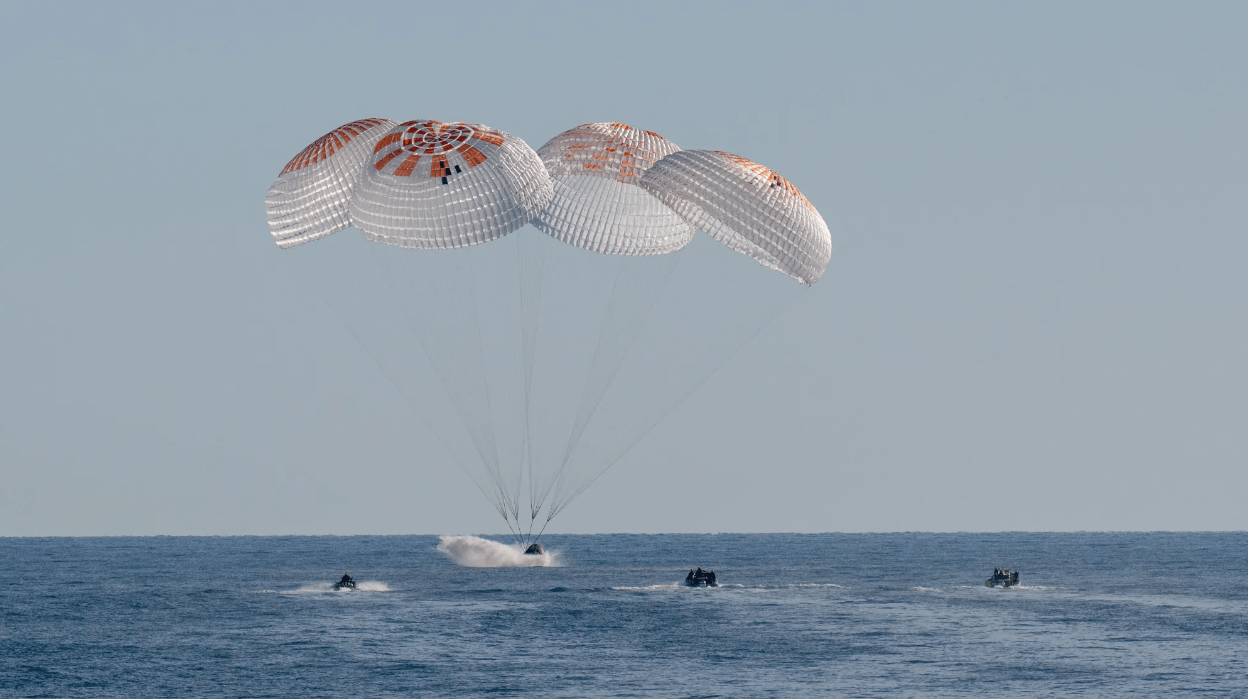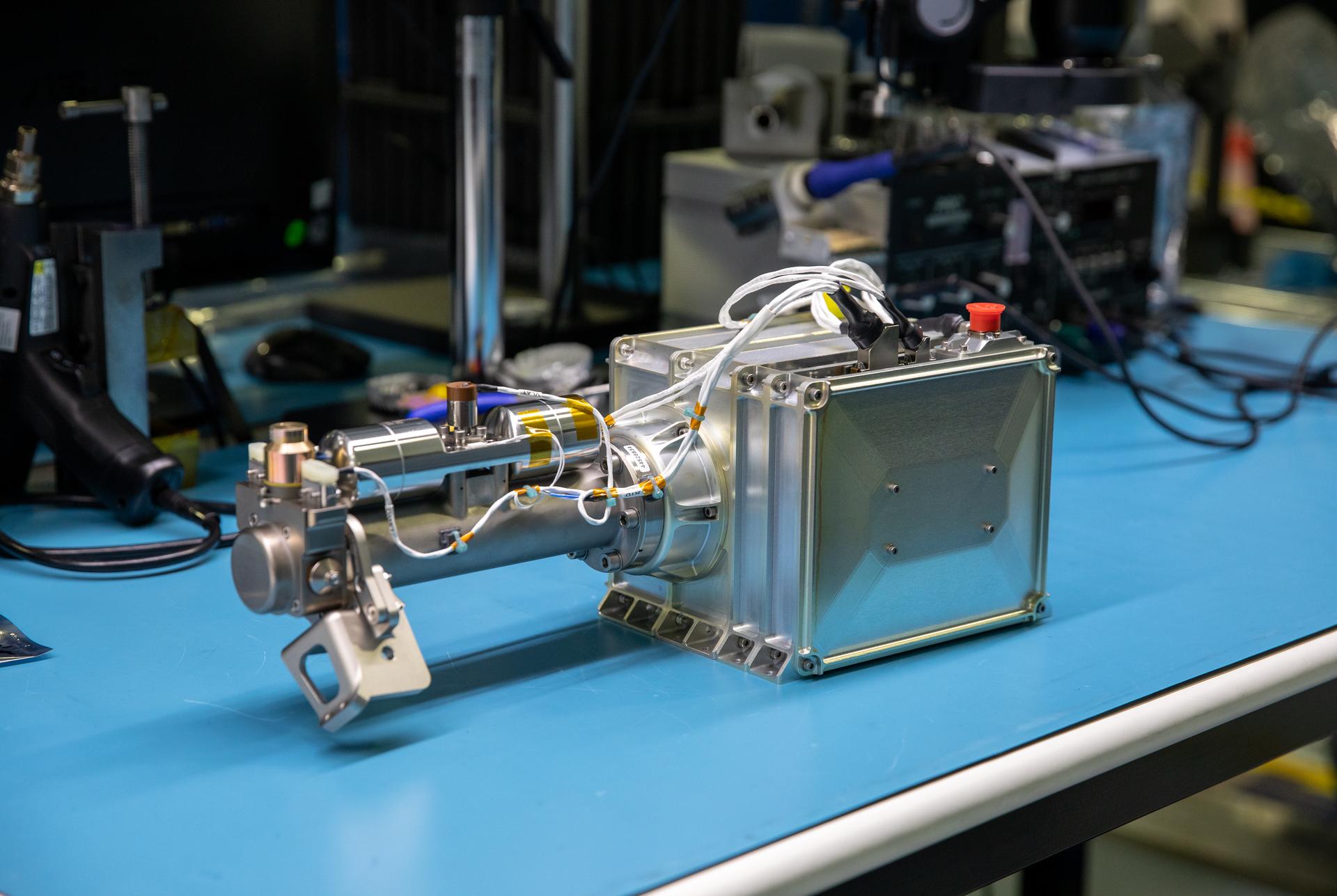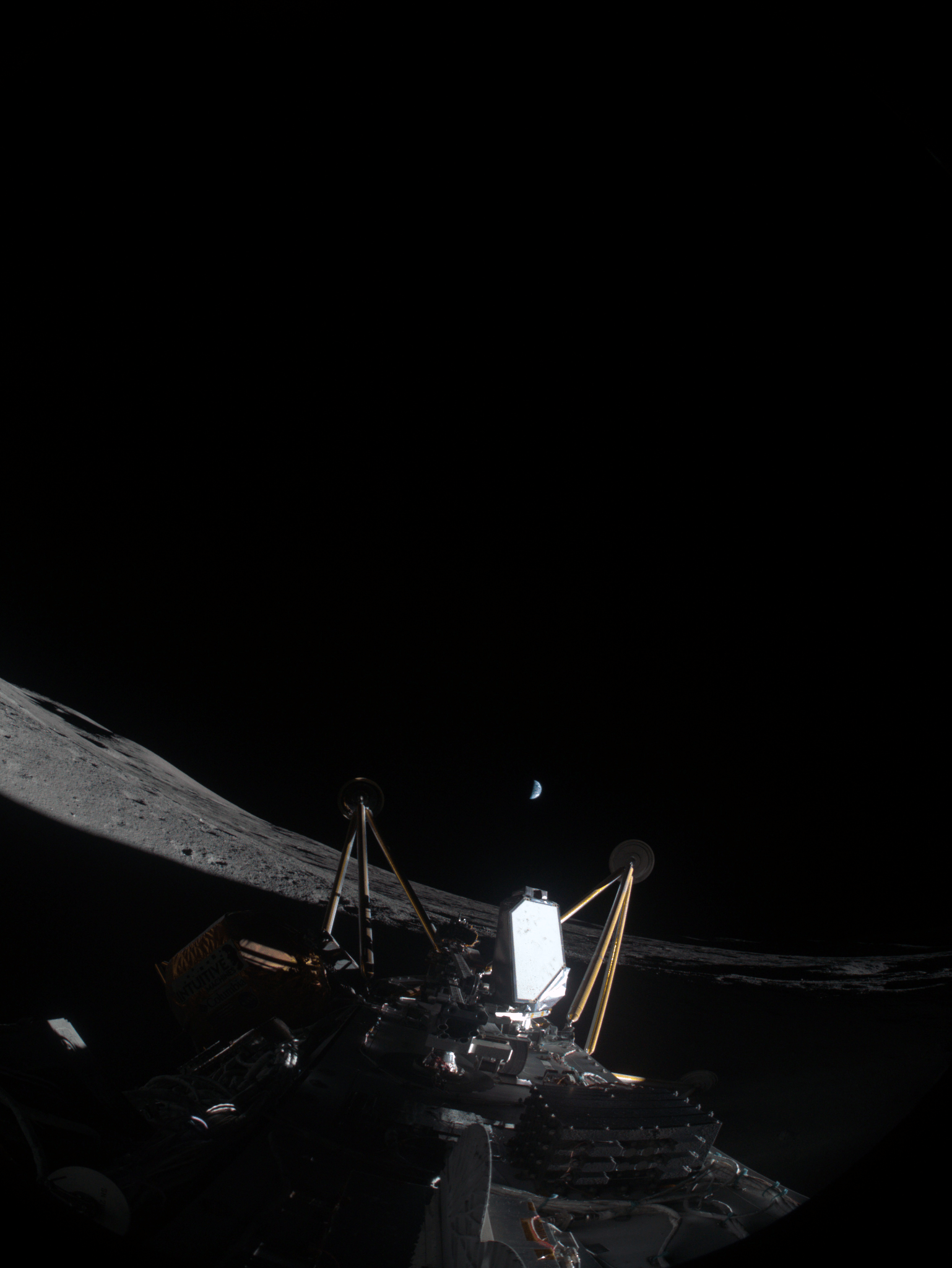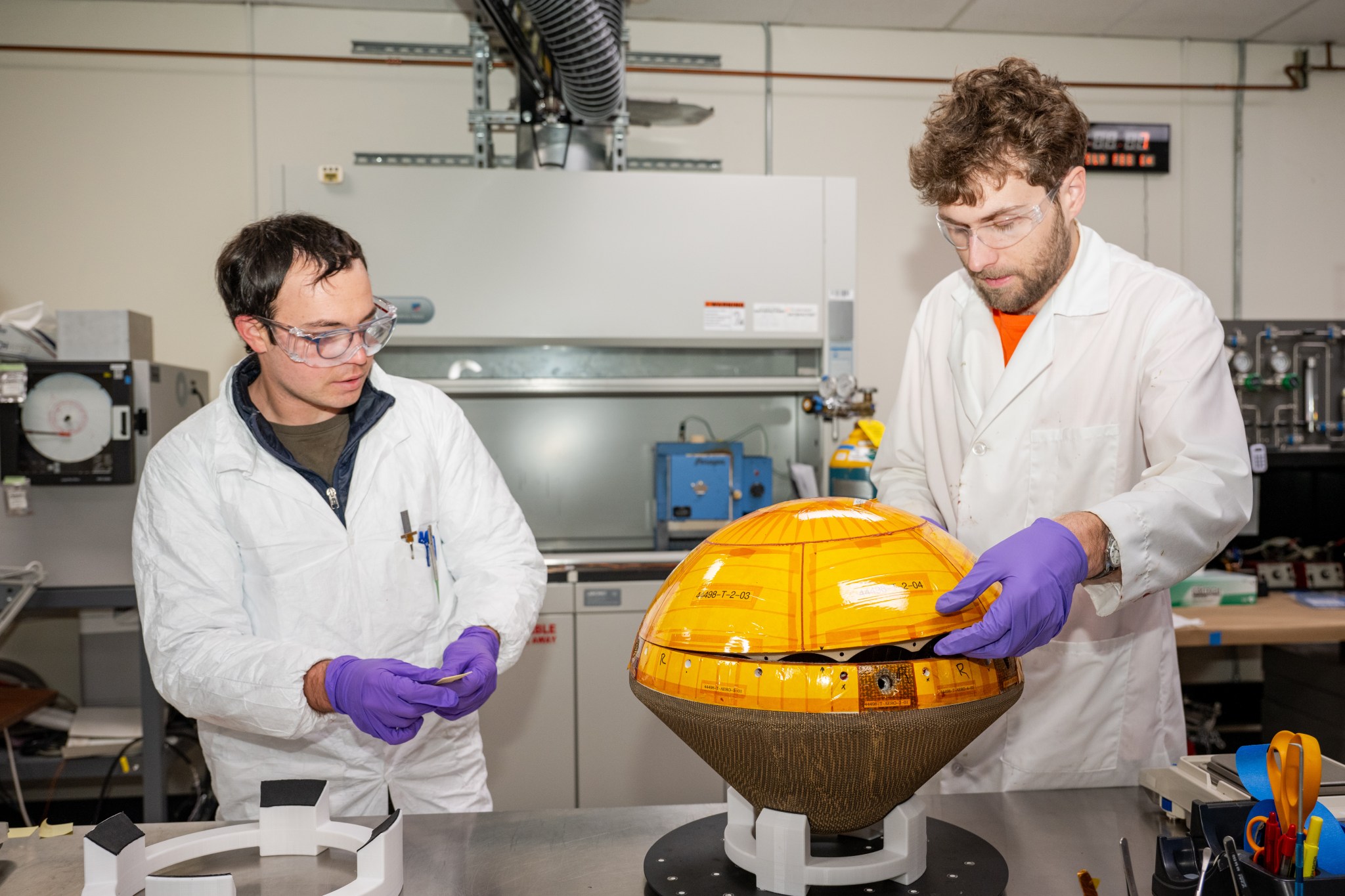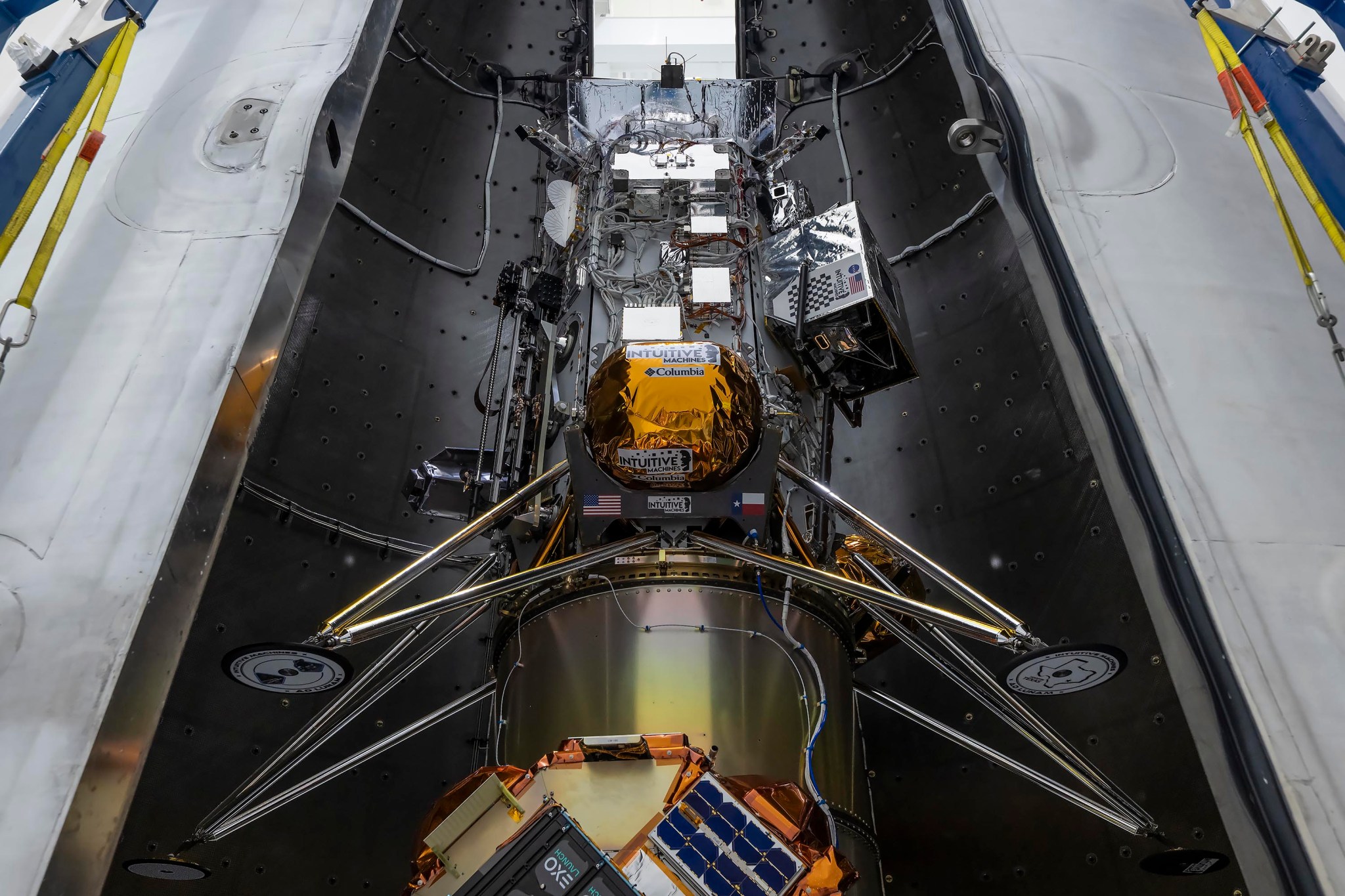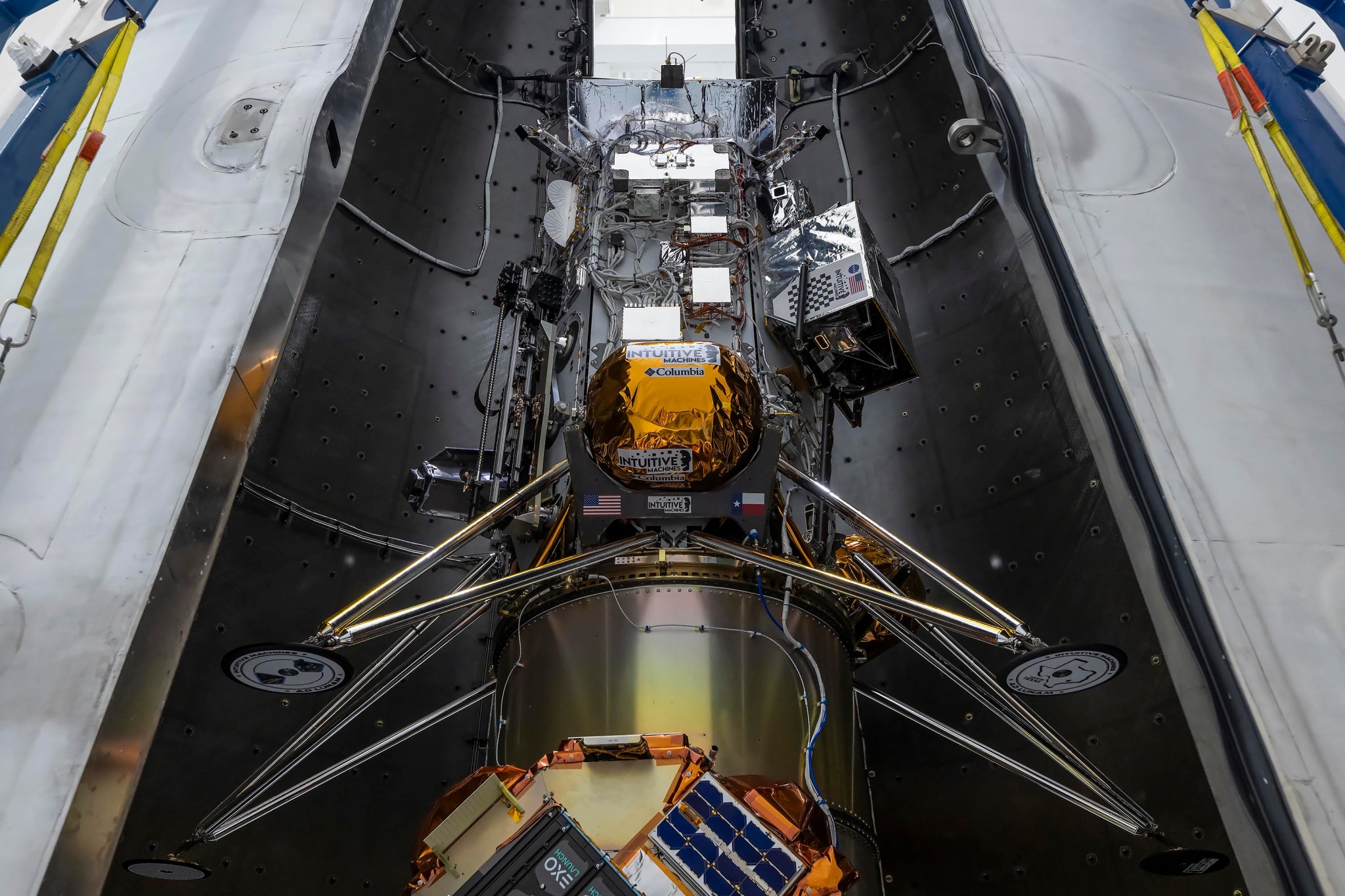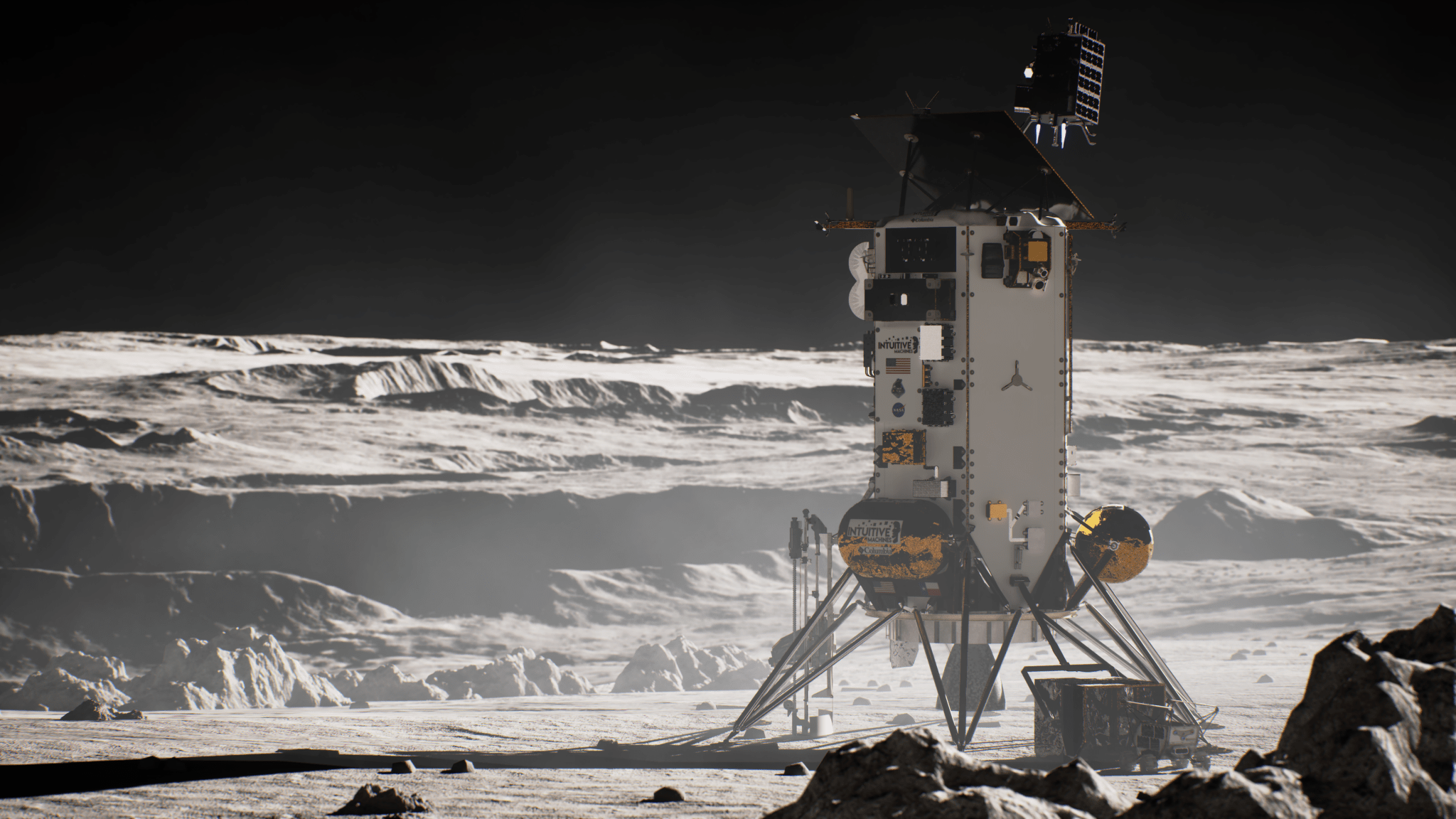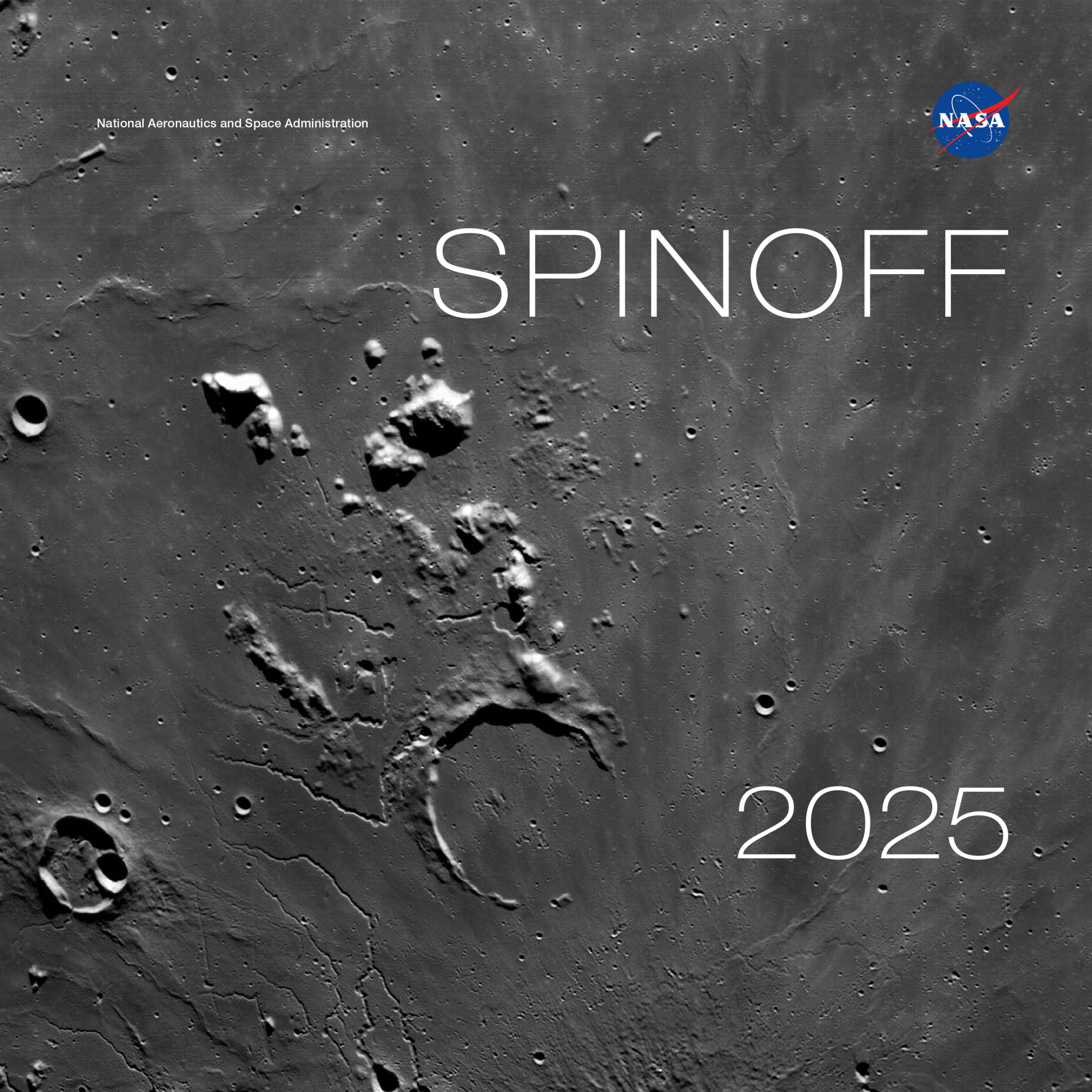6 min read Preparations for Next Moonwalk Simulations Underway (and Underwater) Advancing new hazard detection and precision landing technologies to help future space missions successfully achieve safe and soft landings is a critical area of space research and development, particularly for future crewed missions. To support this, NASA’s Space Technology Mission Directorate (STMD) is pursuing a regular cadence of flight testing on a variety of vehicles, helping researchers rapidly advance these critical systems for missions to the Moon, Mars, and beyond. “These flight tests directly address some of NASA’s highest-ranked…
Read MoreTag: Space Technology Mission Directorate
Top Prize Awarded in Lunar Autonomy Challenge to Virtually Map Moon’s Surface
NASA named Stanford University of California winner of the Lunar Autonomy Challenge, a six-month competition for U.S. college and university student teams to virtually map and explore using a digital twin of NASA’s In-Situ Resource Utilization Pilot Excavator (IPEx). The winning team successfully demonstrated the design and functionality of their autonomous agent, or software that performs specified actions without human intervention. Their agent autonomously navigated the IPEx digital twin in the virtual lunar environment, while accurately mapping the surface, correctly identifying obstacles, and effectively managing available power. Lunar simulation developed by…
Read MoreNASA Soars to New Heights in First 100 Days of Trump Administration
NASA astronauts Nick Hague, Suni Williams, Butch Wilmore, and Roscosmos cosmonaut Aleksandr Gorbunov land in a SpaceX Dragon spacecraft in the water off the coast of Tallahassee, Florida on March 18, 2025. Hague, Gorbunov, Williams, and Wilmore returned from a long-duration science expedition aboard the International Space Station. Credit: NASA/Keegan Barber Today is the 100th day of the Trump-Vance Administration after being inaugurated on Jan. 20. In his inaugural address, President Trump laid out a bold and ambitious vision for NASA’s future throughout his second term, saying, “We will pursue…
Read MoreNASA Moon Observing Instrument to Get Another Shot at Lunar Ops
The Mass Spectrometer Observing Lunar Operations (MSolo) for NASA’s Volatile Investigating Polar Exploration Rover (VIPER) mission is prepared for packing inside a laboratory in the Space Station Processing Facility at NASA’s Kennedy Space Center in Florida on Feb. 21, 2023. MSolo is a commercial off-the-shelf mass spectrometer modified to work in space and it will help analyze the chemical makeup of landing sites on the Moon, as well as study water on the lunar surface. NASA/Kim Shiflett A NASA-developed technology that recently proved its capabilities in the harsh environment of…
Read MoreNASA Receives Some Data Before Intuitive Machines Ends Lunar Mission
Intuitive Machines’ IM-2 captured an image March 6, 2025, after landing in a crater from the Moon’s South Pole. The lunar lander is on its side about 820 feet from the intended landing site, Mons Mouton. In the center of the image between the two lander legs is the Polar Resources Ice Mining Experiment 1 suite, which shows the drill deployed. Credit: Intuitive Machines Shortly after touching down inside a crater on the Moon, carrying NASA technology and science on its IM-2 mission, Intuitive Machines collected some data for the…
Read MoreNASA Installs Heat Shield on First Private Spacecraft Bound for Venus
NASA/Brandon Torres Navarrete Engineers at NASA’s Ames Research Center in California’s Silicon Valley, Bohdan Wesely, right, and Eli Hiss, left, complete a fit check of the two halves of a space capsule that will study the clouds of Venus for signs of life. Led by Rocket Lab of Long Beach, California, and their partners at the Massachusetts Institute of Technology in Cambridge, Rocket Lab’s Venus mission will be the first private mission to the planet. NASA’s role is to help the commercial space endeavor succeed by providing expertise in thermal protection…
Read MoreFive Facts About NASA’s Moon Bound Technology
4 Min Read Five Facts About NASA’s Moon Bound Technology A view of the Moon from Earth, zooming up to IM-2's landing site at Mons Mouton, which is visible in amateur telescopes. Credits: NASA/Scientific Visualization Studio NASA is sending revolutionary technologies to the Moon aboard Intuitive Machines’ second lunar delivery as part of the agency’s CLPS (Commercial Lunar Payload Services) initiative and Artemis campaign to establish a long-term presence on the lunar surface. As part of this CLPS flight to the Moon, NASA’s Space Technology Mission Directorate will test novel technologies…
Read MoreNASA Sets Coverage for Intuitive Machines’ Next Commercial Moon Launch
Caption: The Intuitive Machines lunar lander that will deliver NASA science and technology to the Moon as part of the agency’s CLPS (Commercial Lunar Payload Services) initiative and Artemis campaign is encapsulated in the fairing of the SpaceX Falcon 9 rocket. Credit: SpaceX Carrying NASA science and technology to the Moon as part of the agency’s CLPS (Commercial Lunar Payload Services) initiative and Artemis campaign, the Intuitive Machines IM-2 mission is targeted to launch no earlier than Wednesday, Feb. 26. The mission will lift off on a SpaceX Falcon 9…
Read MoreNASA’s Polar Ice Experiment Paves Way for Future Moon Missions
Artistic rendering of Intuitive Machines’ Nova-C lander on the surface of the Moon. Credit: Intuitive Machines NASA’s Polar Resources Ice Mining Experiment-1 (PRIME-1) is preparing to explore the Moon’s subsurface and analyze where lunar resources may reside. The experiment’s two key instruments will demonstrate our ability to extract and analyze lunar soil to better understand the lunar environment and subsurface resources, paving the way for sustainable human exploration under the agency’s Artemis campaign for the benefit of all. Its two instruments will work in tandem: The Regolith and Ice Drill…
Read MoreNASA’s Advancements in Space Continue Generating Products on Earth
The cover of Spinoff 2025, NASA’s annual publication that chronicles commercial products born from space technology, is a detailed view of the lunar surface captured by cameras on the Orion spacecraft on a close approach of the Moon during the Artemis I mission. Credit: NASA The latest edition of NASA’s Spinoff publication, which highlights the successful transfer of agency technology to the commercial sector, is now available online. For nearly 25 years, NASA has supported crew working in low Earth orbit to learn about the space environment and perform research…
Read More